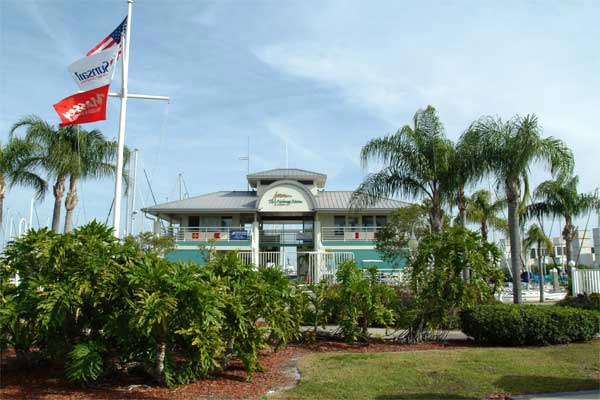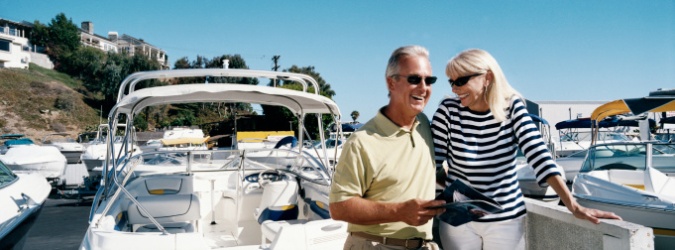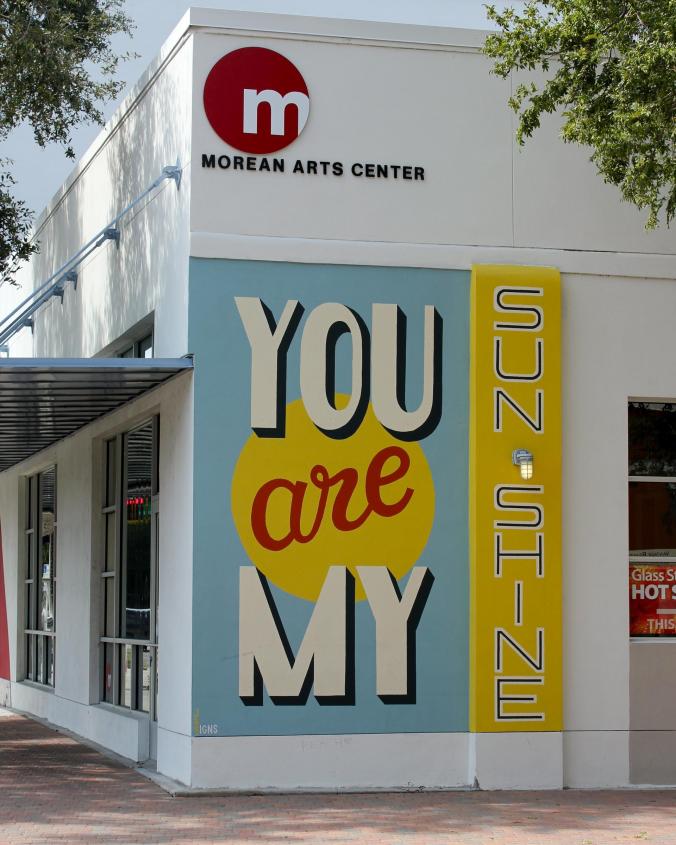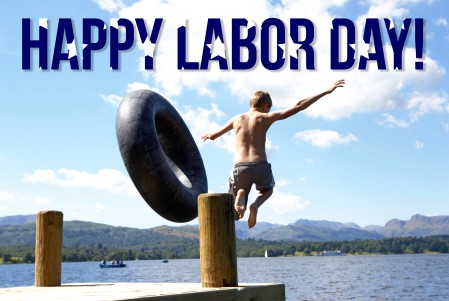How about a little Tuesday afternoon trivia? There are a number of theories about why we observe Daylight Saving Time-or don’t. Thanks to a favorite website of mine- http://www.webexhibits.org, we can now add some more mystery to the bi-annual event. Throughout its long and fascinating history, daylight saving time has had a remarkable impact on a wide variety of unexpected areas–from Middle East terrorism to feuding twin cities, voter turnout to time-change riots, radio stations to trick-or-treaters, and opera performances to manslaughter charges.

Draft Status, Vietnam War
A man, born just after 12:00 a.m. DST, circumvented the Vietnam War draft by using a daylight saving time loophole. When drafted, he argued that standard time, not DST, was the official time for recording births in his state of Delaware in the year of his birth. Thus, under official standard time he was actually born on the previous day–and that day had a much higher draft lottery number, allowing him to avoid the draft.

Bombing Thwarted
In September 1999, the West Bank was on Daylight Saving Time while Israel had just switched back to standard time. West Bank terrorists prepared time bombs and smuggled them to their Israeli counterparts, who misunderstood the time on the bombs. As the bombs were being planted, they exploded–one hour too early–killing three terrorists instead of the intended victims–two busloads of people.

Halloween Trick-or-Treaters
Through 2006, Daylight Saving Time in the U.S. ended a few days before Halloween (October 31). Children’s pedestrian deaths are four times higher on Halloween than on any other night of the year. A new law to extend DST to the first Sunday in November took effect in 2007, with the purpose of providing trick-or-treaters more light and therefore more safety from traffic accidents. For decades, candy manufacturers lobbied for a Daylight Saving Time extension to Halloween, as many of the young trick-or-treaters gathering candy are not allowed out after dark, and thus an added hour of light means a big holiday treat for the candy industry. Anecdotally, the 2007 switch may not have had much effect, as it appeared that children simply waited until dark to go trick-or-treating.
Chaos of Non-Uniform DST
Widespread confusion was created during the 1950s and 1960s when each U.S. locality could start and end Daylight Saving Time as it desired. One year, 23 different pairs of DST start and end dates were used in Iowa alone. For exactly five weeks each year, Boston, New York, and Philadelphia were not on the same time as Washington D.C., Cleveland, or Baltimore–but Chicago was. And, on one Ohio to West Virginia bus route, passengers had to change their watches seven times in 35 miles! The situation led to millions of dollars in costs to several industries, especially those involving transportation and communications. Extra railroad timetables alone cost the today’s equivalent of over $12 million per year.
Minneapolis-St. Pau l
l
The Minnesota cities of Minneapolis and St. Paul once didn’t have twin perspectives with regard to the clock. These two large cities are adjacent at some points and separated only by the Mississippi River at others, and are considered a single metropolitan area. In 1965, St. Paul decided to begin its Daylight Saving Time period early to conform to most of the nation, while Minneapolis felt it should follow Minnesota’s state law, which stipulated a later start date. After intense inter-city negotiations and quarreling, the cities could not agree, and so the one-hour time difference went into effect, bringing a period of great time turmoil to the cities and surrounding areas.

Time Change Riots
Patrons of bars that stay open past 2:00 a.m. lose one hour of drinking time on the day when Daylight Saving Time springs forward one hour. This has led to annual problems in numerous locations, and sometimes even to riots. For example, at a “time disturbance” in Athens, Ohio, site of Ohio University, over 1,000 students and other late night partiers chanted “Freedom,” as they threw liquor bottles at the police attempting to control the riot.

Radio Stations
AM radio signals propagate much further at night than during the day. During daytime, more stations in neighboring areas can broadcast on the same frequency without interfering with each other. Because of this situation, there are hundreds of stations licensed to operate only in the daytime. Daylight Saving Time can affect the bottom line of these daytime-only radio stations: during parts of the year it can cause the stations to lose their most profitable time of day–the morning drive time. The gain of an hour of daylight – and thus broadcast time – in the evening does not fully compensate for the morning loss.
Voter Turnout in Elections
Through 2006, the Daylight Saving Time period has closed on the last Sunday October, about a week before Election Day, which is held the Tuesday after the first Monday in November. The extension of Daylight Saving Time into November has been proposed as a way to encourage greater voter participation, the theory being that more people would go to the polls if it was still light when they returned home from work. The U.S. law taking effect in 2007 pushes the end of Daylight Saving Time to the first Sunday in November. In some years (2010, 2021, 2027, and 2032), this will fall after Election Day, giving researchers the opportunity to gauge its effect on voter turnout.

Amtrak
To keep to their published timetables, trains cannot leave a station before the scheduled time. So, when the clocks fall back one hour in October, all Amtrak trains in the U.S. that are running on time stop at 2:00 a.m. and wait one hour before resuming. Overnight passengers are often surprised to find their train at a dead stop and their travel time an hour longer than expected. At the spring Daylight Saving Time change, trains instantaneously become an hour behind schedule at 2:00 a.m., but they just keep going and do their best to make up the time.
Opera
Among the first institutions affected by Daylight Saving Time was the Berlin Opera, on April 30, 1916–the evening when the clocks in Germany were to be set forward for the first time. At 11:00 p.m., all German clocks were to be set to midnight. The Berlin Opera, with wonderful forethought, changed its schedule and began its performance of Die Meistersinger an hour earlier than usual. This allowed grateful audience members to be able to catch their customary trains home at the end of the performance. (All trains scheduled to depart between 11:00 p.m. and midnight were immediately behind schedule when 11:00 p.m. changed to midnight, and so left as soon as possible. And trains scheduled to depart after midnight left the equivalent of one hour early.
Violent Crime- A study by the U.S. Law Enforcement Assistance Administration found that crime was consistently less during periods of Daylight Saving Time than during comparable standard time periods. Data showed violent crime down 10 to 13 percent. It is clear that for most crimes where darkness is a factor, such as muggings, there are many more incidents after dusk than before dawn, so light in the evening is most welcome.

Antarctica –In Antarctica, there is no daylight in the winter and months of 24-hour daylight in the summer. But many of the research stations there still observe Daylight Saving Time anyway, to synchronize with their supply stations in Chile or New Zealand.
Manslaughter
In Ca lifornia, a Chevrolet Blazer packed with teenagers struck the median of a street and flipped over, tragically killing one teen and injuring several others. The teen driver, fighting charges of felony vehicular manslaughter, claimed that the street was dangerously wet and unsafe due a lawn sprinkler system. The landscaper responsible for the computerized sprinklers testified that the sprinklers were set to come on more than fifteen minutes after the fatal accident. The outcome hinged on whether the sprinklers’ timer had been adjusted for a recent Daylight Saving Time change, for without the DST adjustment, the sprinklers had close to 45 minutes to make the road slick.
lifornia, a Chevrolet Blazer packed with teenagers struck the median of a street and flipped over, tragically killing one teen and injuring several others. The teen driver, fighting charges of felony vehicular manslaughter, claimed that the street was dangerously wet and unsafe due a lawn sprinkler system. The landscaper responsible for the computerized sprinklers testified that the sprinklers were set to come on more than fifteen minutes after the fatal accident. The outcome hinged on whether the sprinklers’ timer had been adjusted for a recent Daylight Saving Time change, for without the DST adjustment, the sprinklers had close to 45 minutes to make the road slick.

Indiana- Indiana has long been a hotbed of Daylight Saving Time controversy. Historically, the state’s two western corners, which fall in the Central Time Zone, observed DST, while the remainder of the state, in the Eastern Time zone, followed year-round Standard Time. An additional complication was that five southeastern counties near Cincinnati and Louisville unofficially observed DST to keep in sync with those cities. Because of the longstanding feuds over DST, Indiana politicians often treated the subject gingerly. In 1996, gubernatorial candidate Rex Early firmly declared, “Some of my friends are for putting all of Indiana on Daylight Saving Time. Some are against it. And I always try to support my friends.”
In April 2005, Indiana legislators passed a law that implemented Daylight Saving Time statewide beginning on April 2, 2006.
 Oil Conservation
Oil Conservation
Following the 1973 oil embargo, the U.S. Congress extended Daylight Saving Time to 8 months, rather than the normal six months. During that time, the U.S. Department of Transportation found that observing Daylight Saving Time in March and April saved the equivalent in energy of 10,000 barrels of oil each day – a total of 600,000 barrels in each of those two years.
Likewise, in 1986, Daylight Saving Time moved from the last Sunday in April to the first Sunday in April. No change was made to the ending date of the last Sunday in October. Adding the entire month of April to Daylight Saving Time is estimated to save the U.S. about 300,000 barrels of oil each year.
Beginning in 2007, Daylight Saving Time commenced on the second Sunday in March and ended on the first Sunday in November, thereby saving even more oil.
Births and Birthdays
While twins born at 11:55 p.m. and 12:05 a.m. may have different birthdays, Daylight Saving Time can change birth order — on paper, anyway. During the time change in the fall, one baby could be born at 1:55 a.m. and the sibling born ten minutes later, at 1:05 a.m. In the spring, there is a gap when no babies are born at all: from 2:00 a.m. to 3:00 a.m.
In November 2007, Laura Cirioli of North Carolina gave birth to Peter at 1:32 a.m. and, 34 minutes later, to Allison. However, because Daylight Saving Time reverted to Standard Time at 2:00 a.m., Allison was born at 1:06 a.m.
Amish Observance
Amish communities in the United States and Canada are divided about whether or not to observe Daylight Saving Time. Although the Amish are generally known for leading simple lives without modern conveniences, practices vary from community to community. Likewise, some Amish communities observe DST, while others do not. In one county in Ohio, approximately 10 of the 90 Amish church districts opt out of DST (known as “fast time” or “English time,” preferring to observe what they term “slow time.”
Stealing Time
As with the U.S., Great Britain has had a checkered past with Daylight Saving Time (or Summer Time, as it is known there). In the early part of the 20th century, citizens protested at the change, using the slogan, “Give us back our stolen hour.”
Daylight Saving Donut
In the U.S., Arizona doesn’t observe Daylight Saving Time, but the Navajo Nation (parts of which are in three states) does. However, the Hopi Reservation, which is entirely surrounded by the Navajo Nation, doesn’t observe DST. In effect, there is a donut-shaped area of Arizona that does observe DST, but the “hole” in the center does not.









 l
l




 lifornia, a Chevrolet Blazer packed with teenagers struck the median of a street and flipped over, tragically killing one teen and injuring several others. The teen driver, fighting charges of felony vehicular manslaughter, claimed that the street was dangerously wet and unsafe due a lawn sprinkler system. The landscaper responsible for the computerized sprinklers testified that the sprinklers were set to come on more than fifteen minutes after the fatal accident. The outcome hinged on whether the sprinklers’ timer had been adjusted for a recent Daylight Saving Time change, for without the DST adjustment, the sprinklers had close to 45 minutes to make the road slick.
lifornia, a Chevrolet Blazer packed with teenagers struck the median of a street and flipped over, tragically killing one teen and injuring several others. The teen driver, fighting charges of felony vehicular manslaughter, claimed that the street was dangerously wet and unsafe due a lawn sprinkler system. The landscaper responsible for the computerized sprinklers testified that the sprinklers were set to come on more than fifteen minutes after the fatal accident. The outcome hinged on whether the sprinklers’ timer had been adjusted for a recent Daylight Saving Time change, for without the DST adjustment, the sprinklers had close to 45 minutes to make the road slick.
 Oil Conservation
Oil Conservation